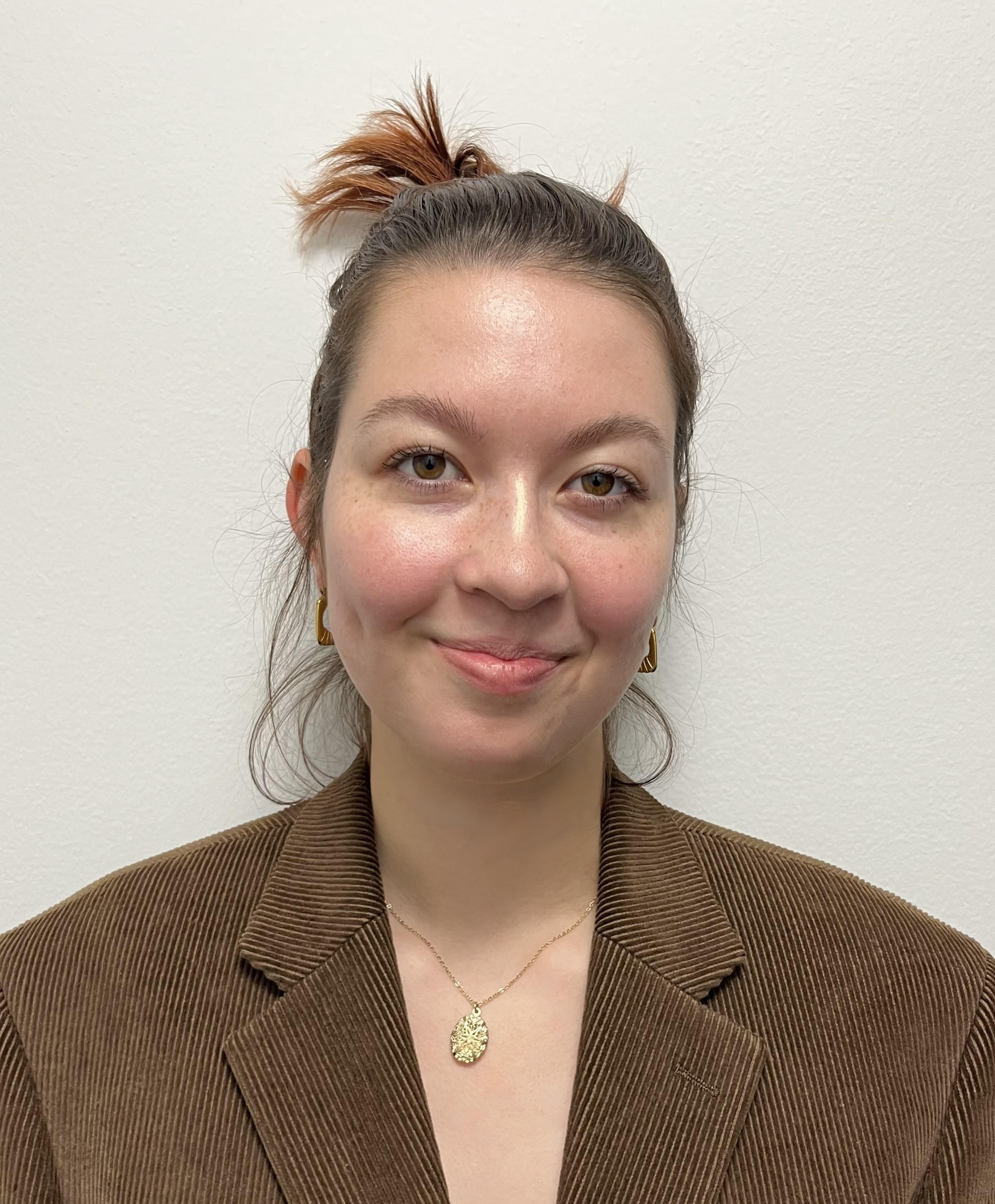Hi, I’m Plyfaa!
I’m a researcher and scientist passionate about visual cognition and cognitive neuroscience, applying to cognitive psychology PhD programs for the 2025-2026 cycle in the United States and abroad. I completed my Bachelor’s degree at the University of California, Davis (UC Davis) during June 2024.
Currently, I am a postbaccalaureate research fellow at the National Institute of Mental Health (NIMH) and the National Institutes of Health (NIH), working in Dr. Peter Bandettini’s Section on Functional Neuroimaging Methods (SFIM). Under the mentorship of Dr. Sharif Kronemer, I am investigating how pupillary dynamics (i.e., dilation, constriction, peaks, and troughs) are linked to neural activity and relate to shaping perceptual sensitivity and consciousness in real-time.
Feel free to explore my academic journey and projects on my website. Please don’t hesitate to reach out!
Some pictures of my research and other experiences over the years!
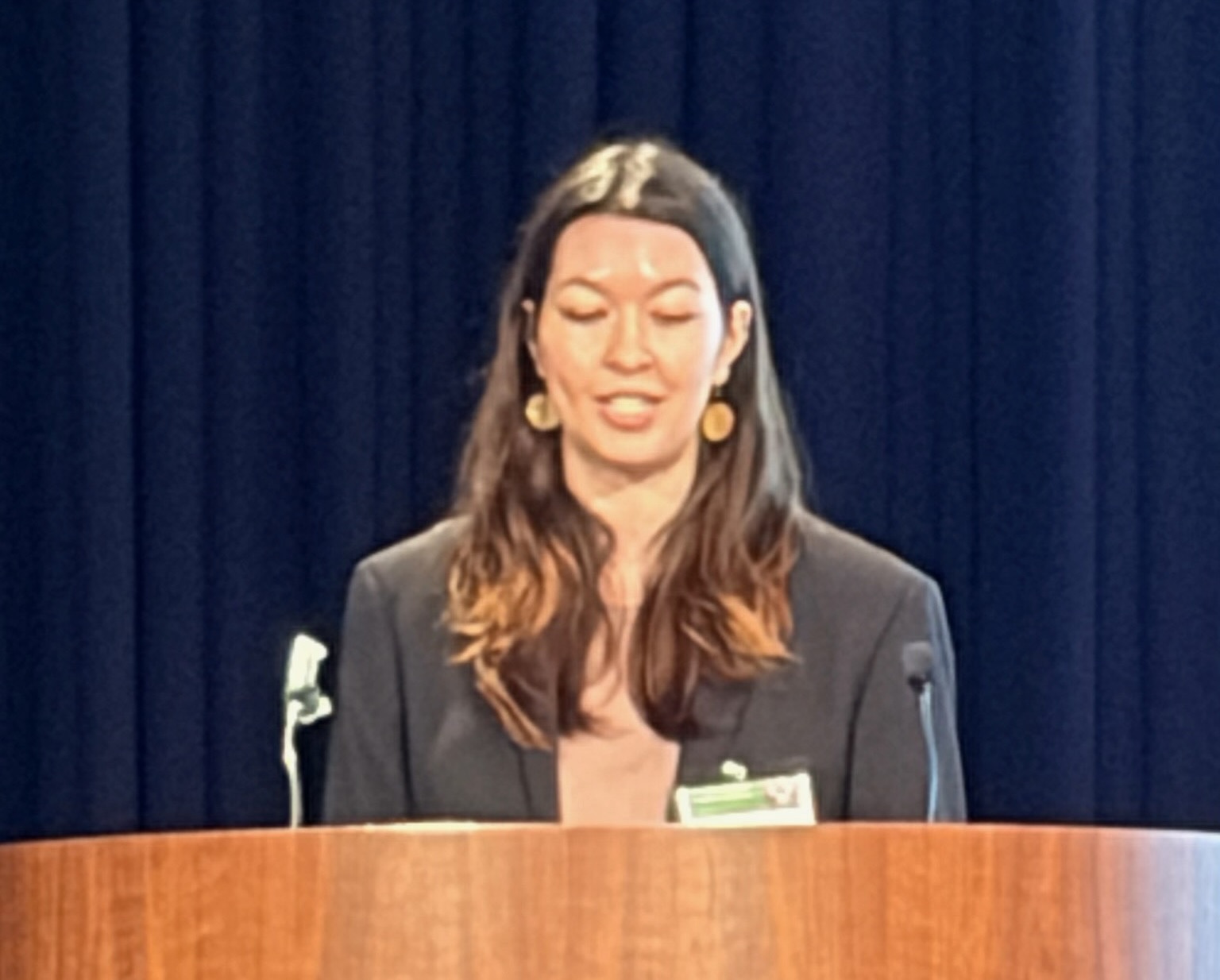
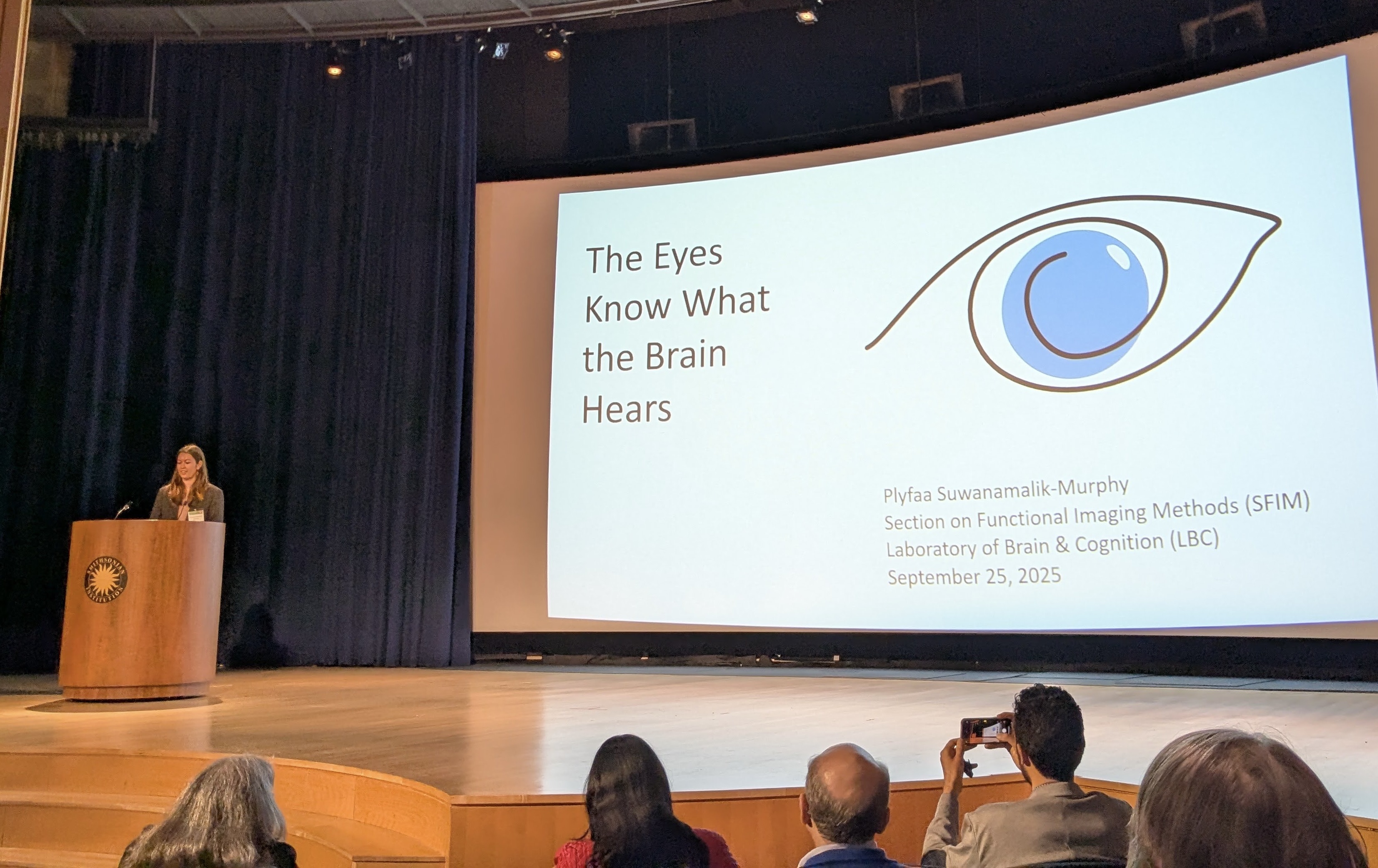
"The Eyes Know What the Brain Hears." Selected Lightning Talk speaker for the 2025 NIMH IRP Fellows' Scientific Training Day.
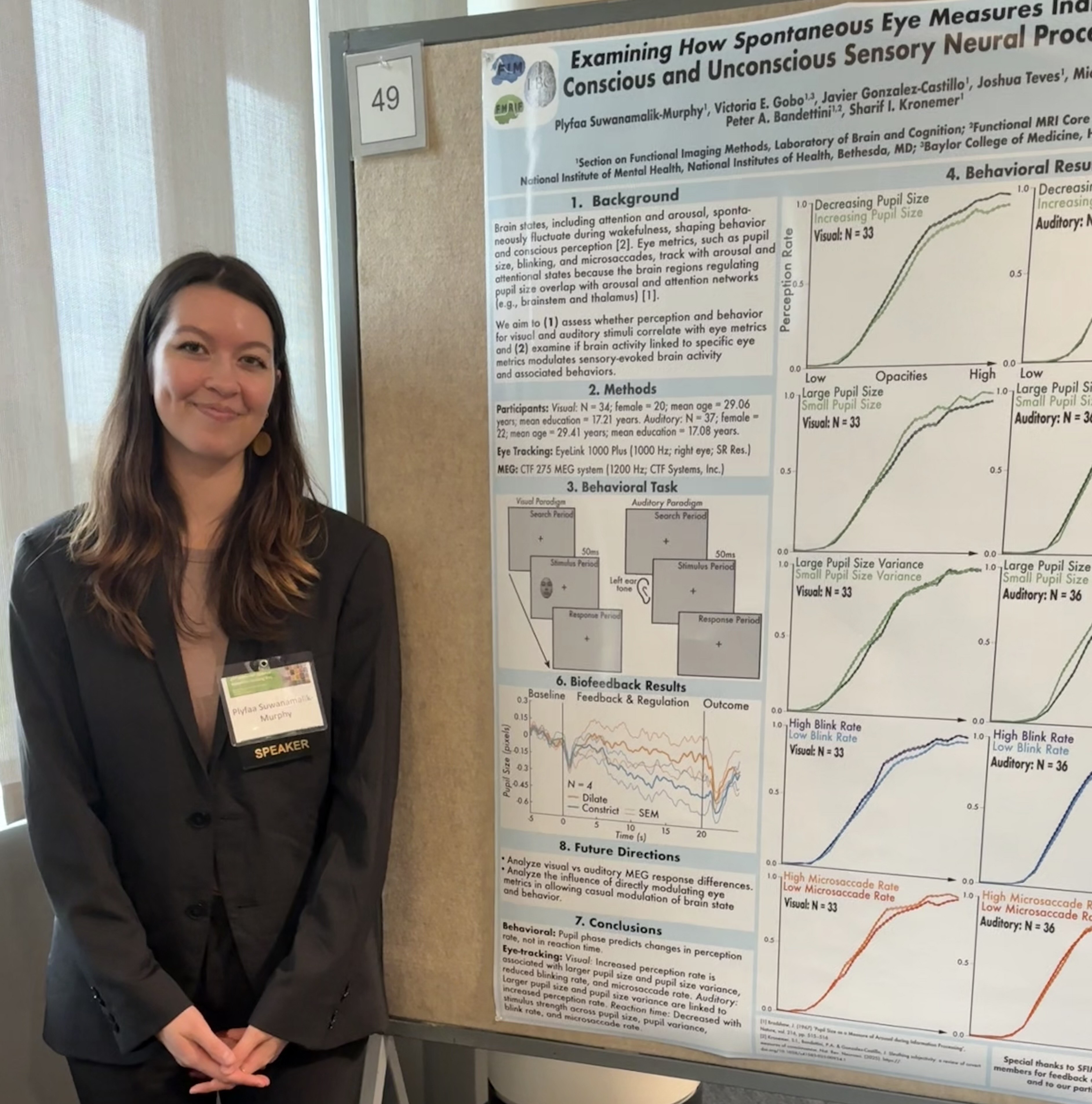
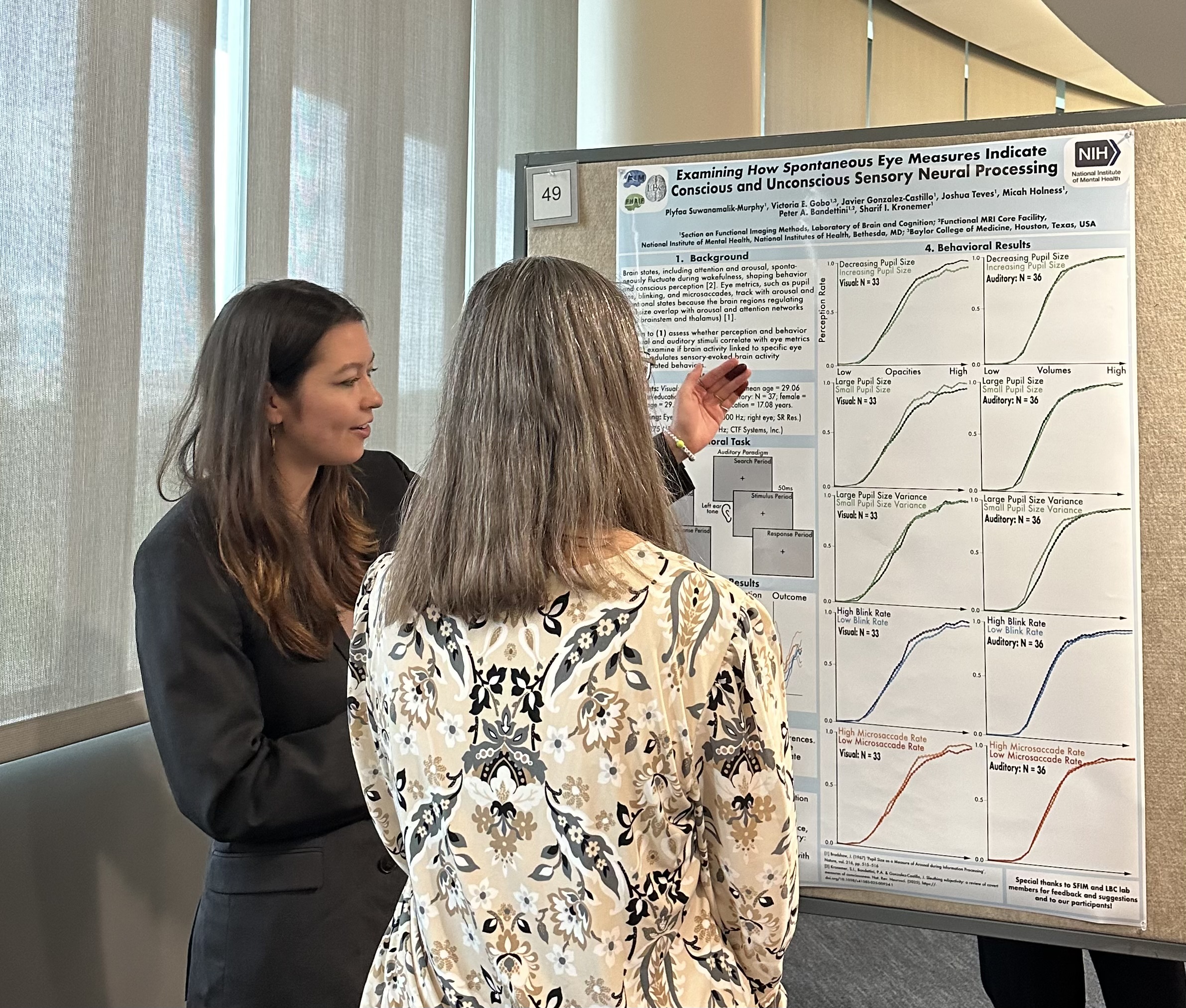
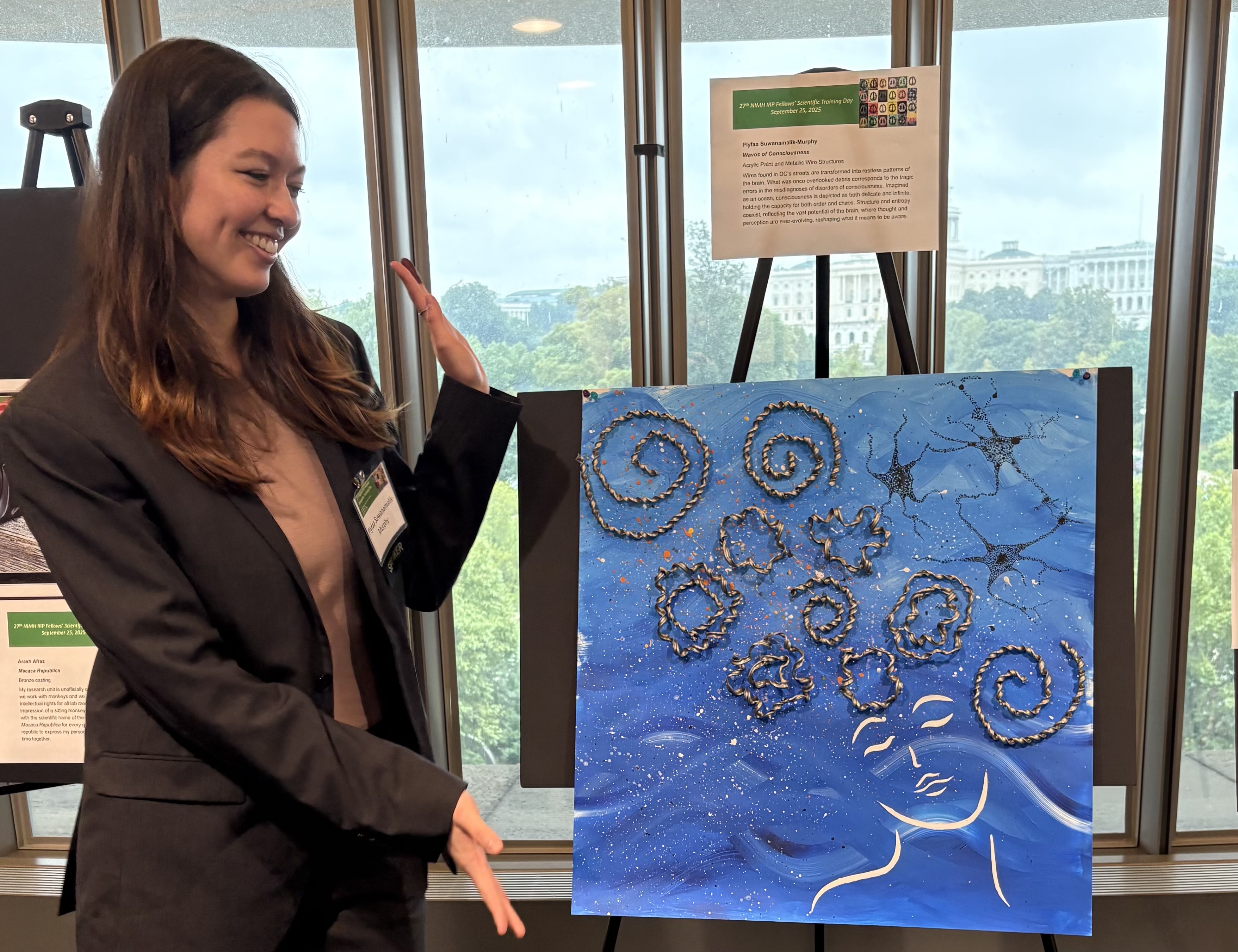
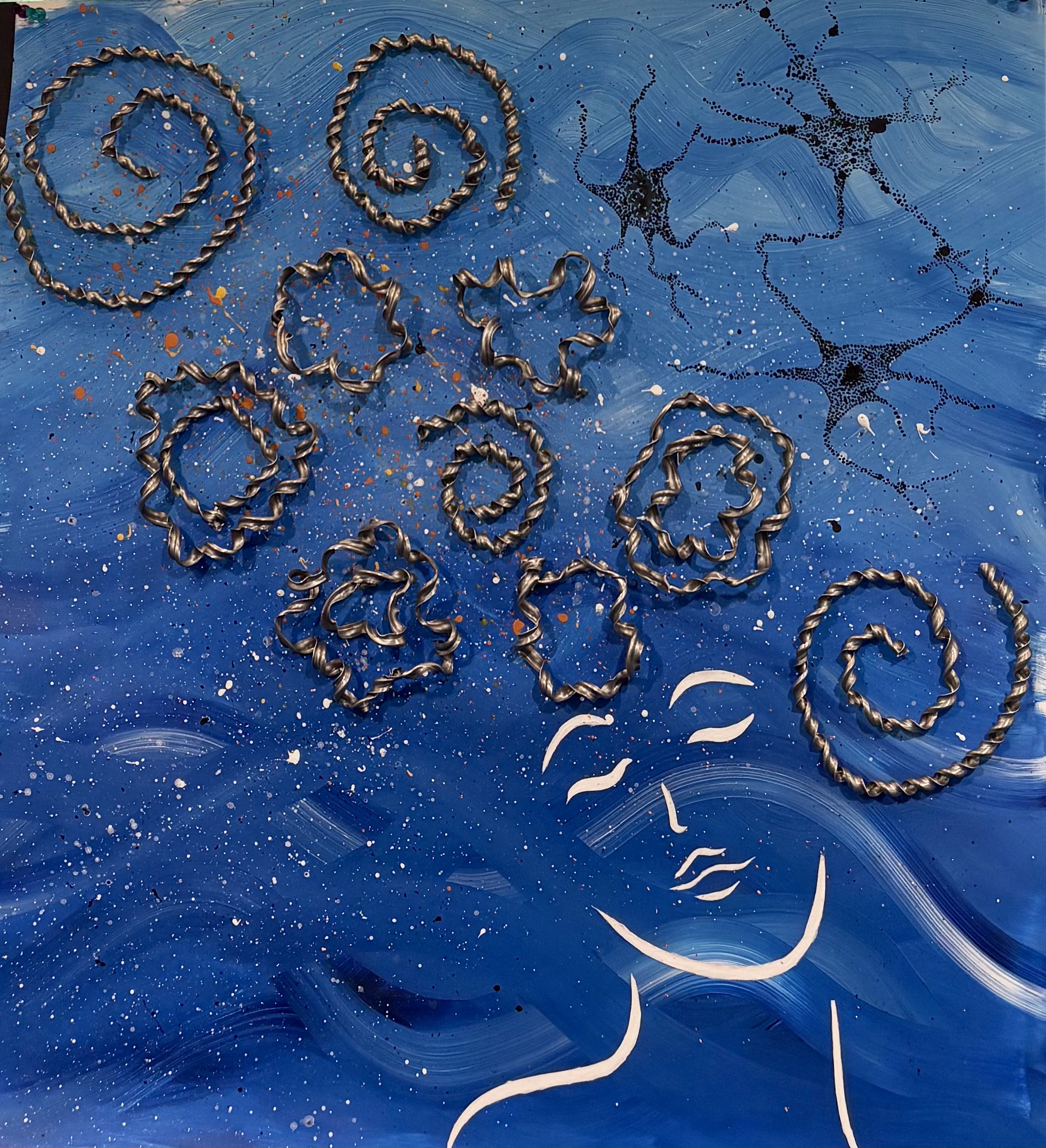
First-author poster presenter for the 2025 NIMH IRP Fellows' Scientific Training Day. Submitted an art piece for the conference!
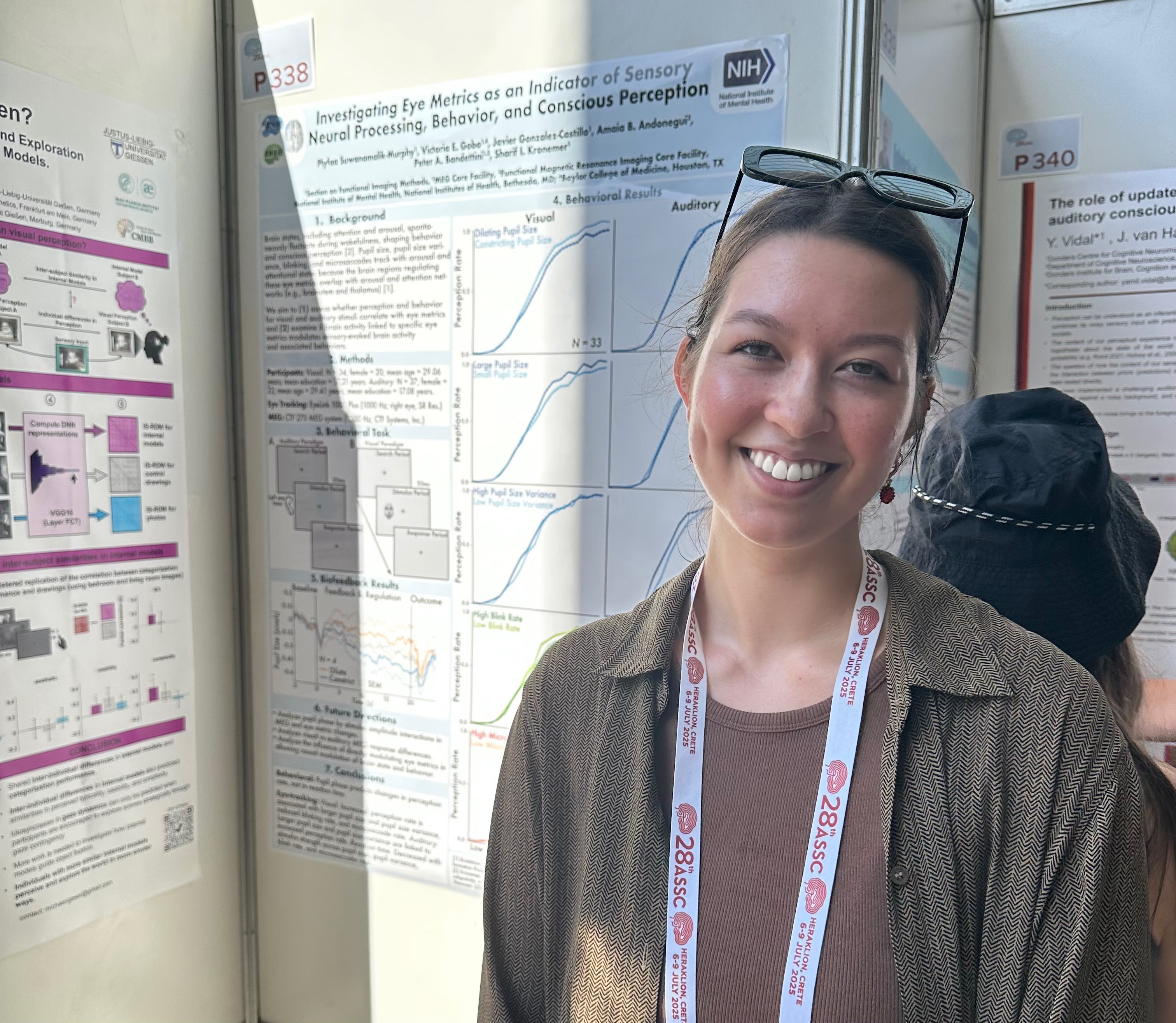
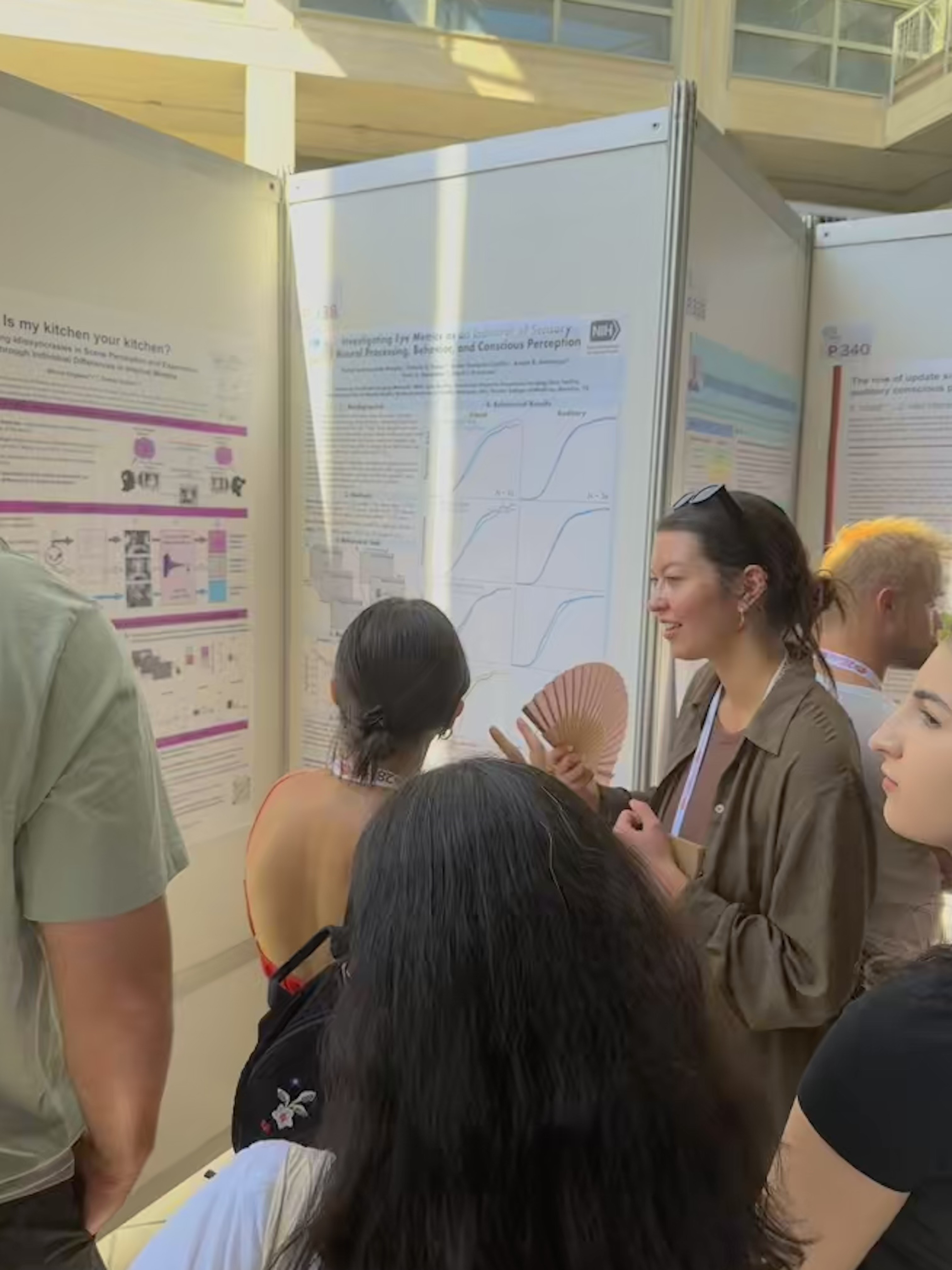
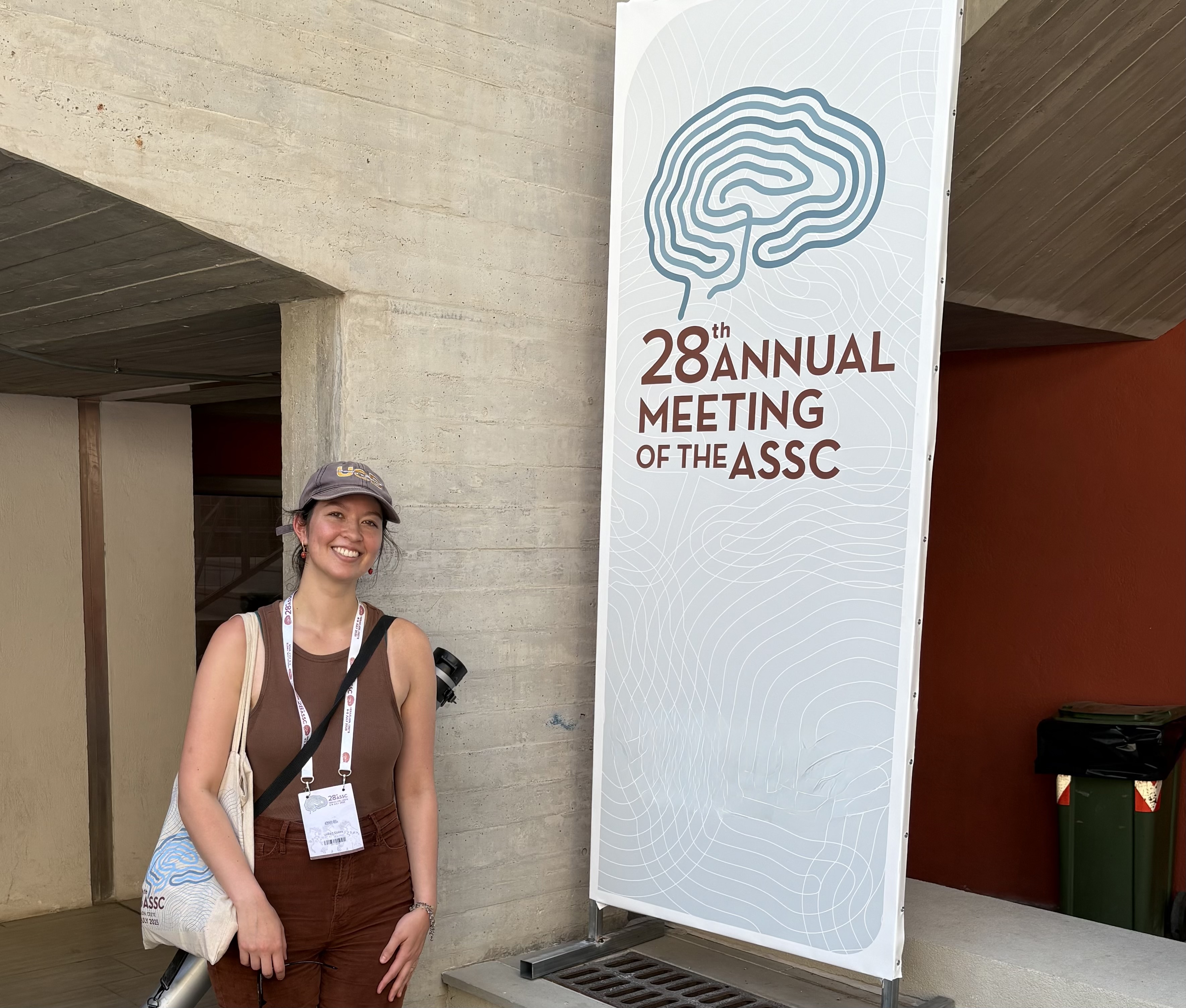
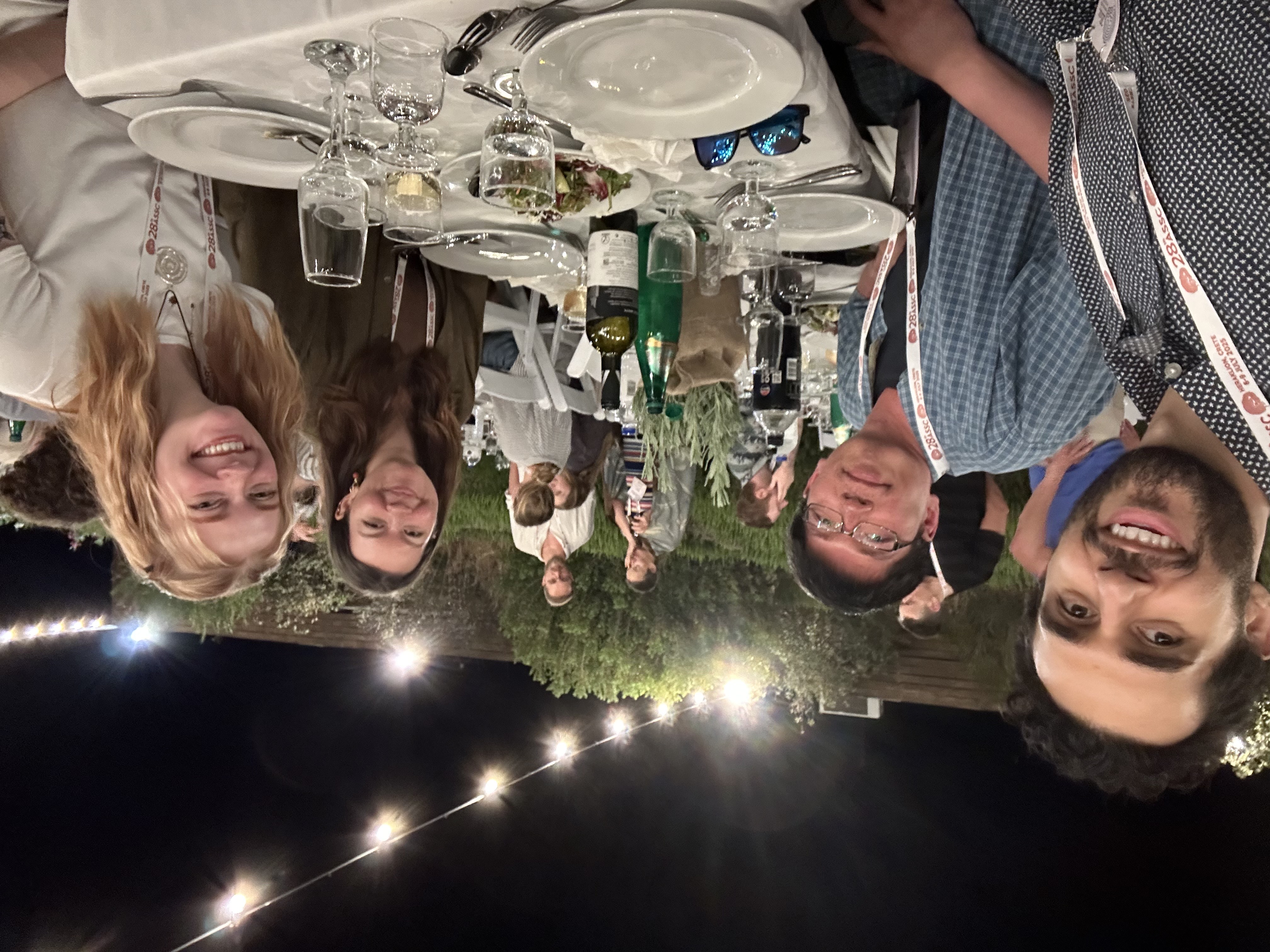
First-author poster presenter at the 2025 Annual Meeting for the Association for the Scientific Study of Consciousness in Crete.
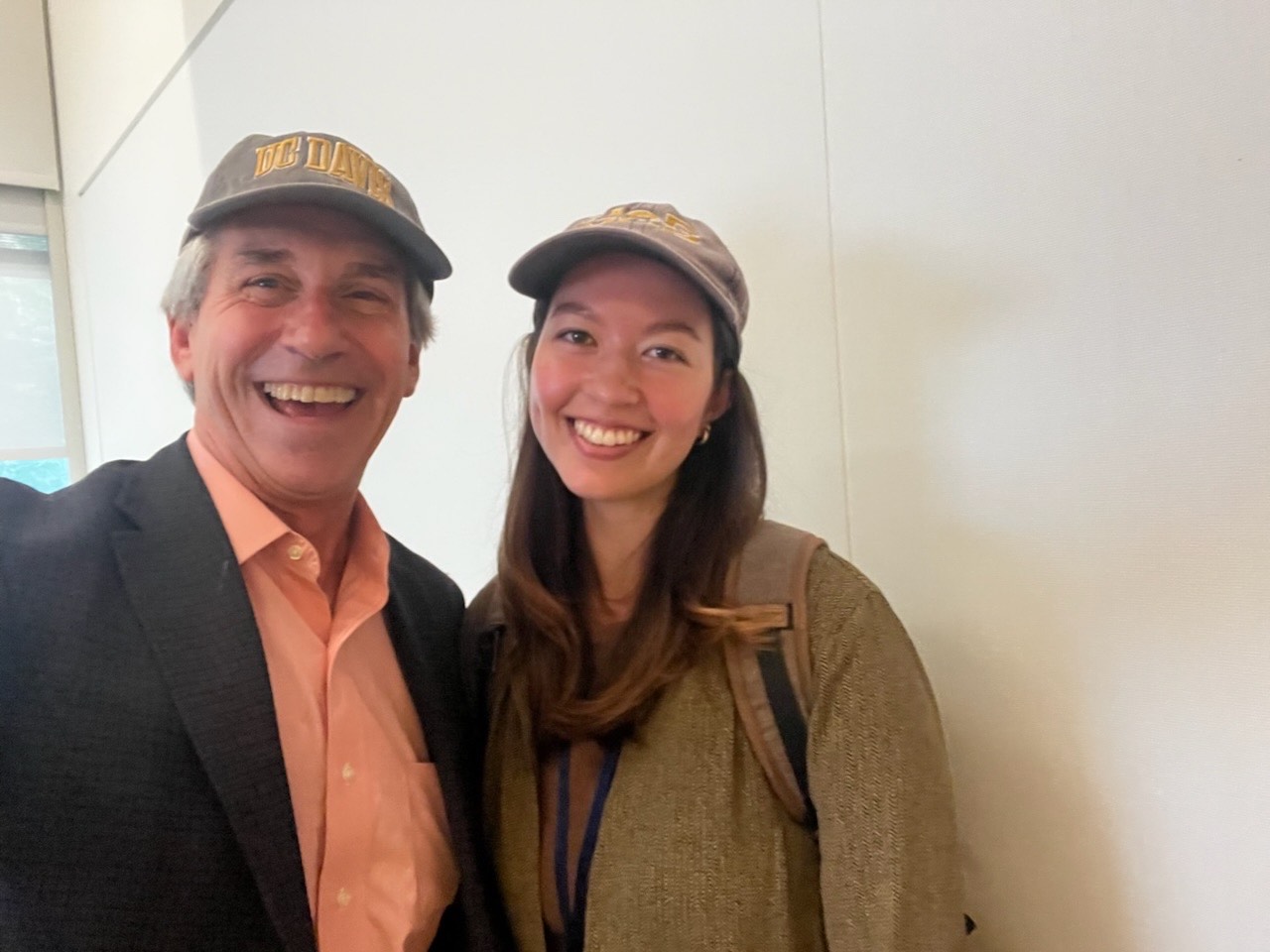
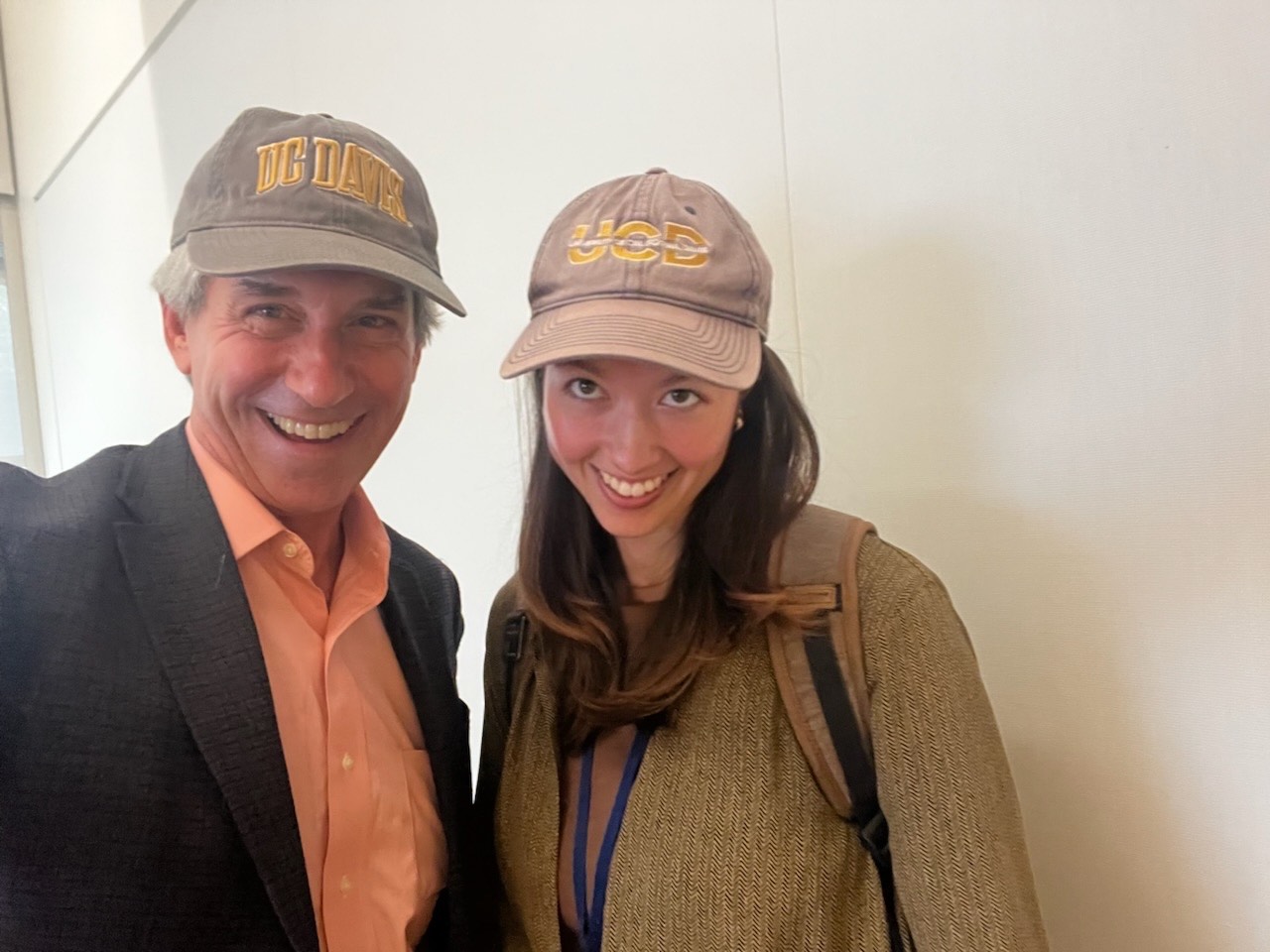
Prepping for the NIMH Three-Minute Talk Competition with established public speaking coach Scott Morgan, proud to connect with another UC Davis alumni!
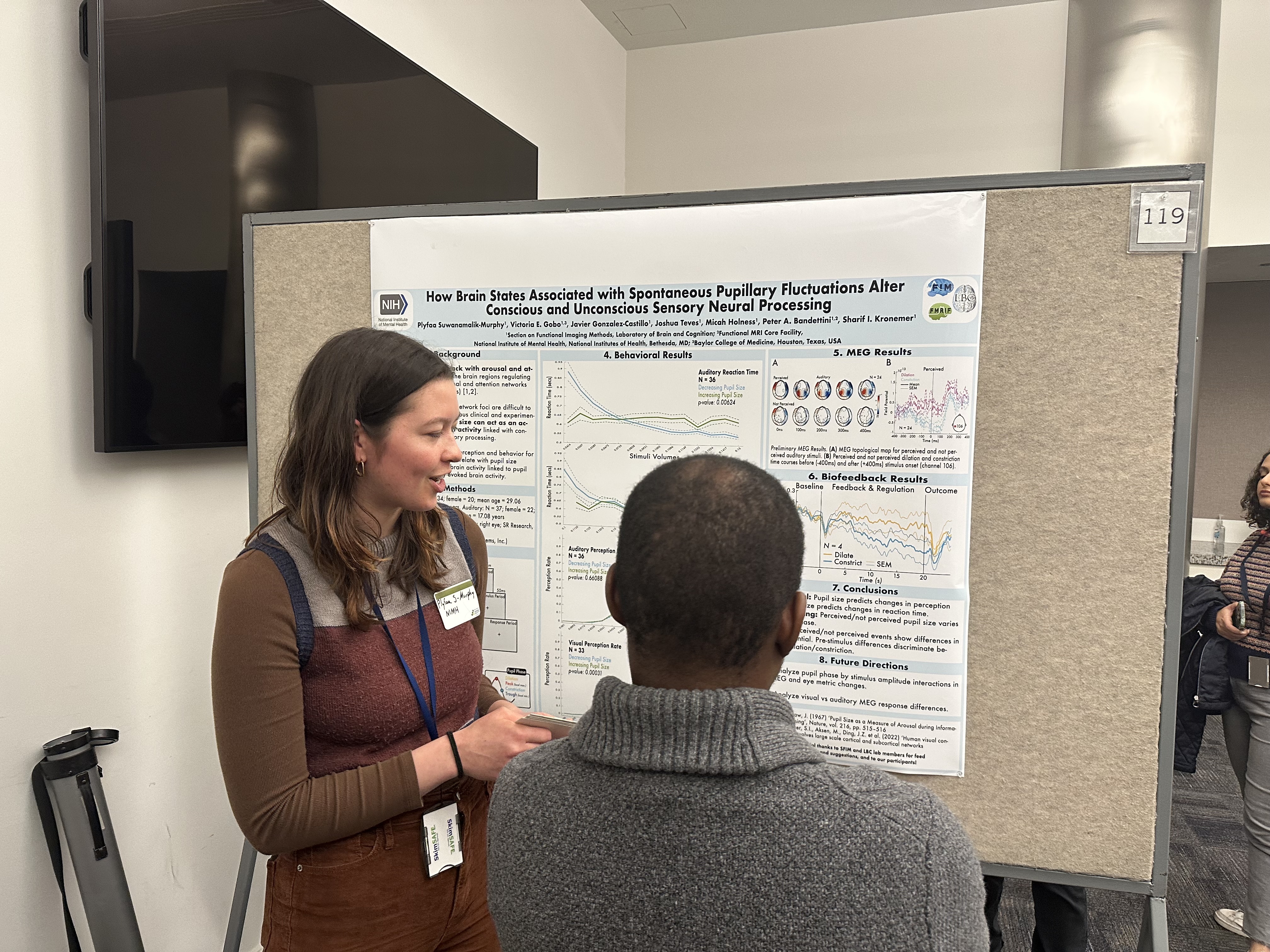
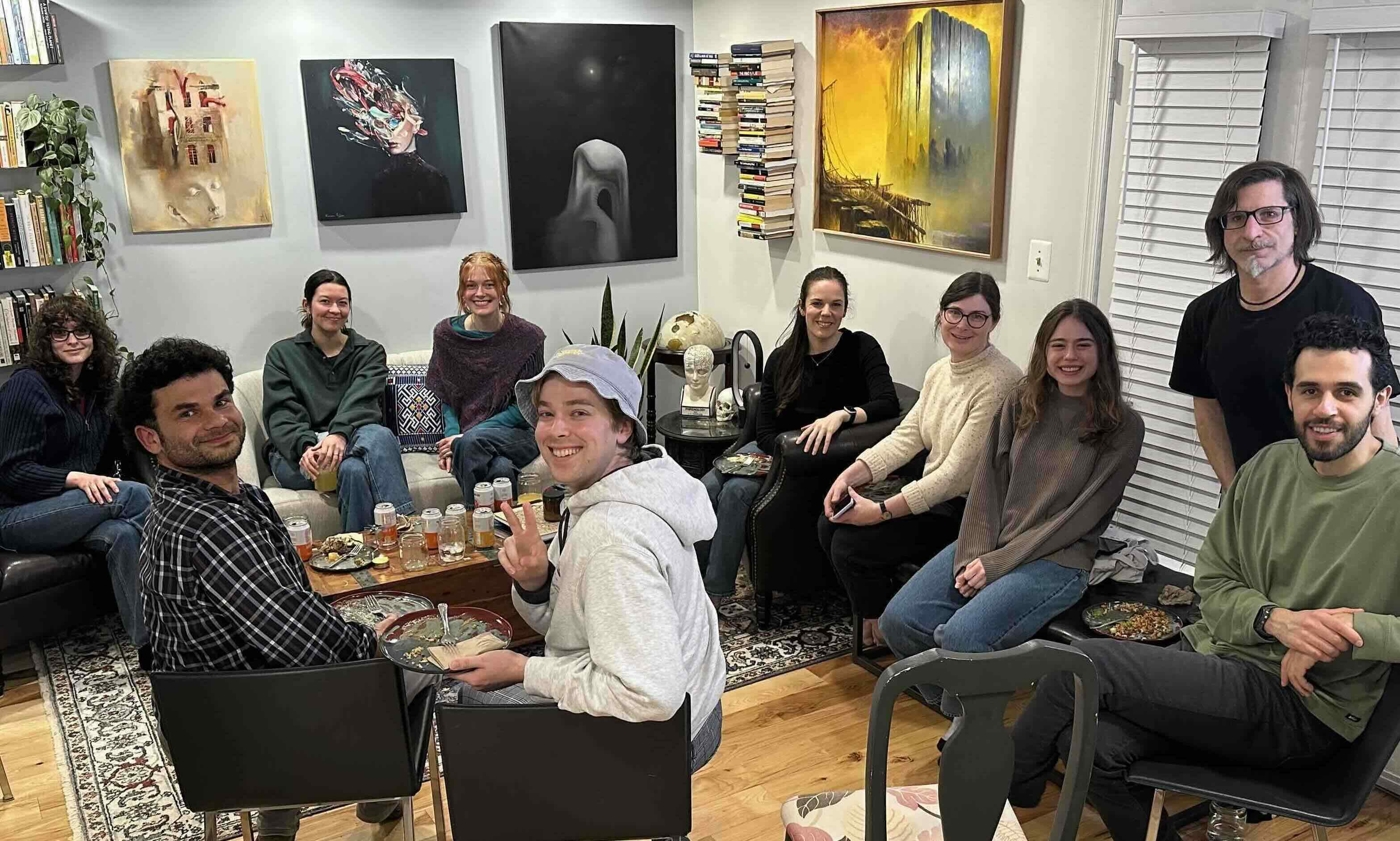
Poster Day at NIH and dinner with the Section on Functional Imaging Methods Lab.
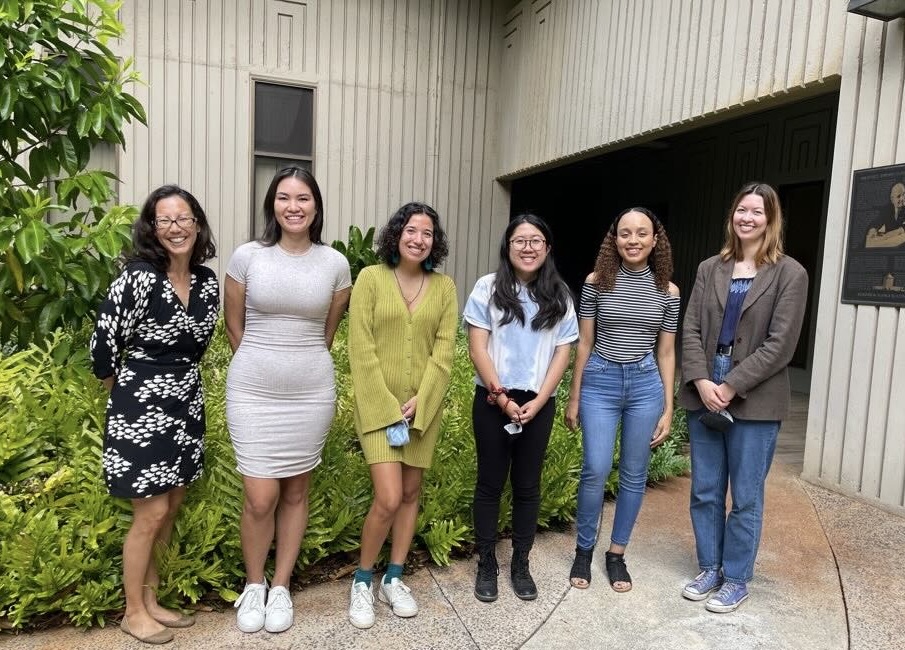
Intergroup Social Perception (ISP) Lab at the University of Hawai‘i Mānoa.
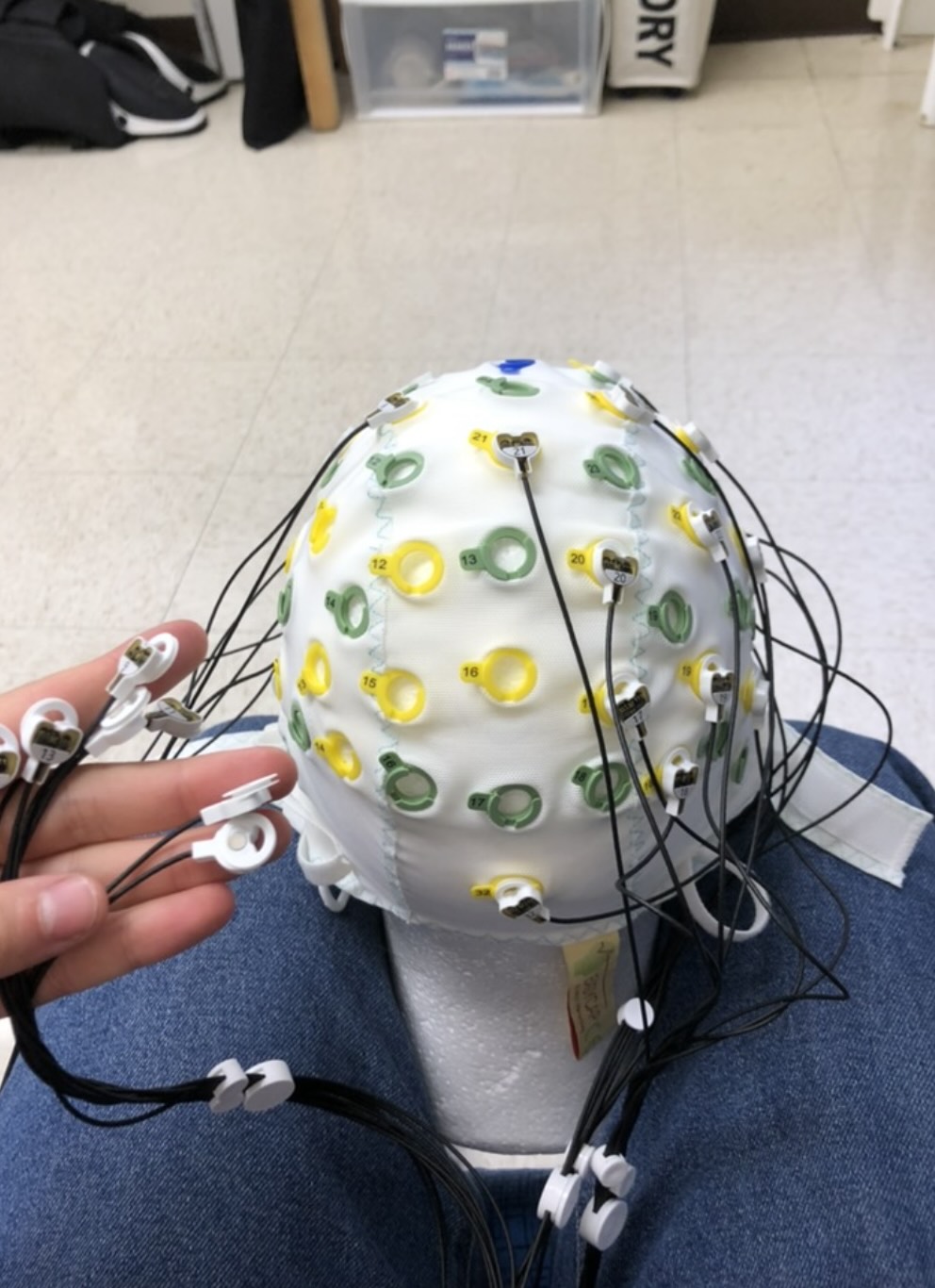
Conducting EEG research in Professor Jonas Vibell's Brain and Behavior Lab at the University of Hawai‘i at Mānoa, using a 32-channel BrainVision actiCAP with active electrodes.
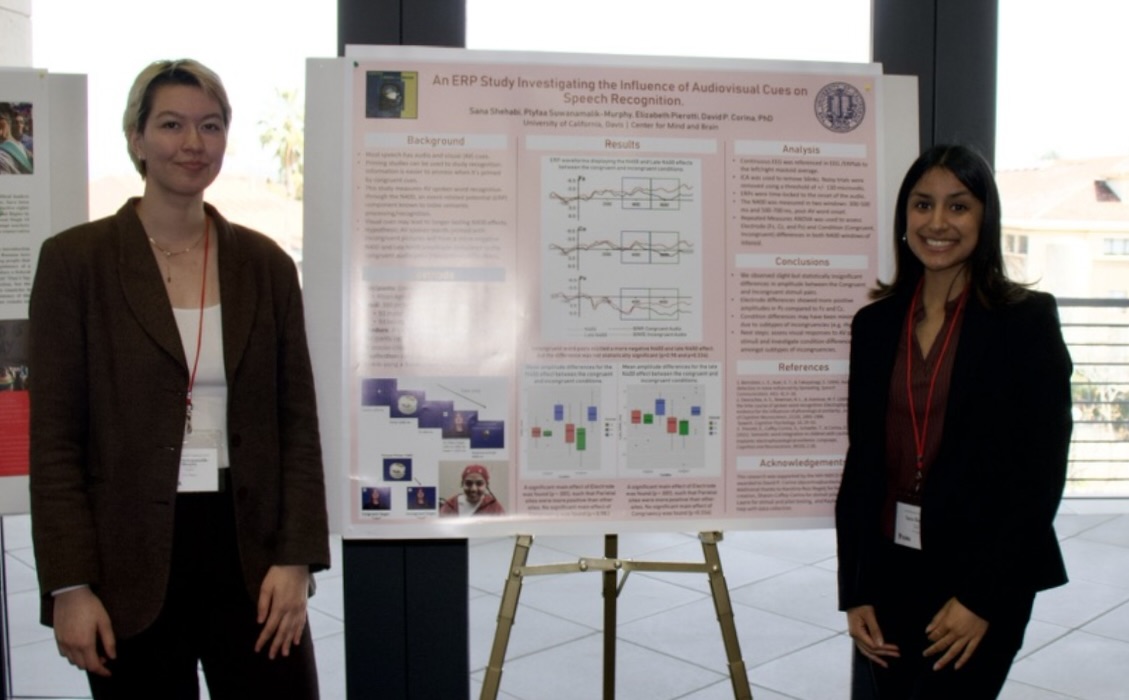
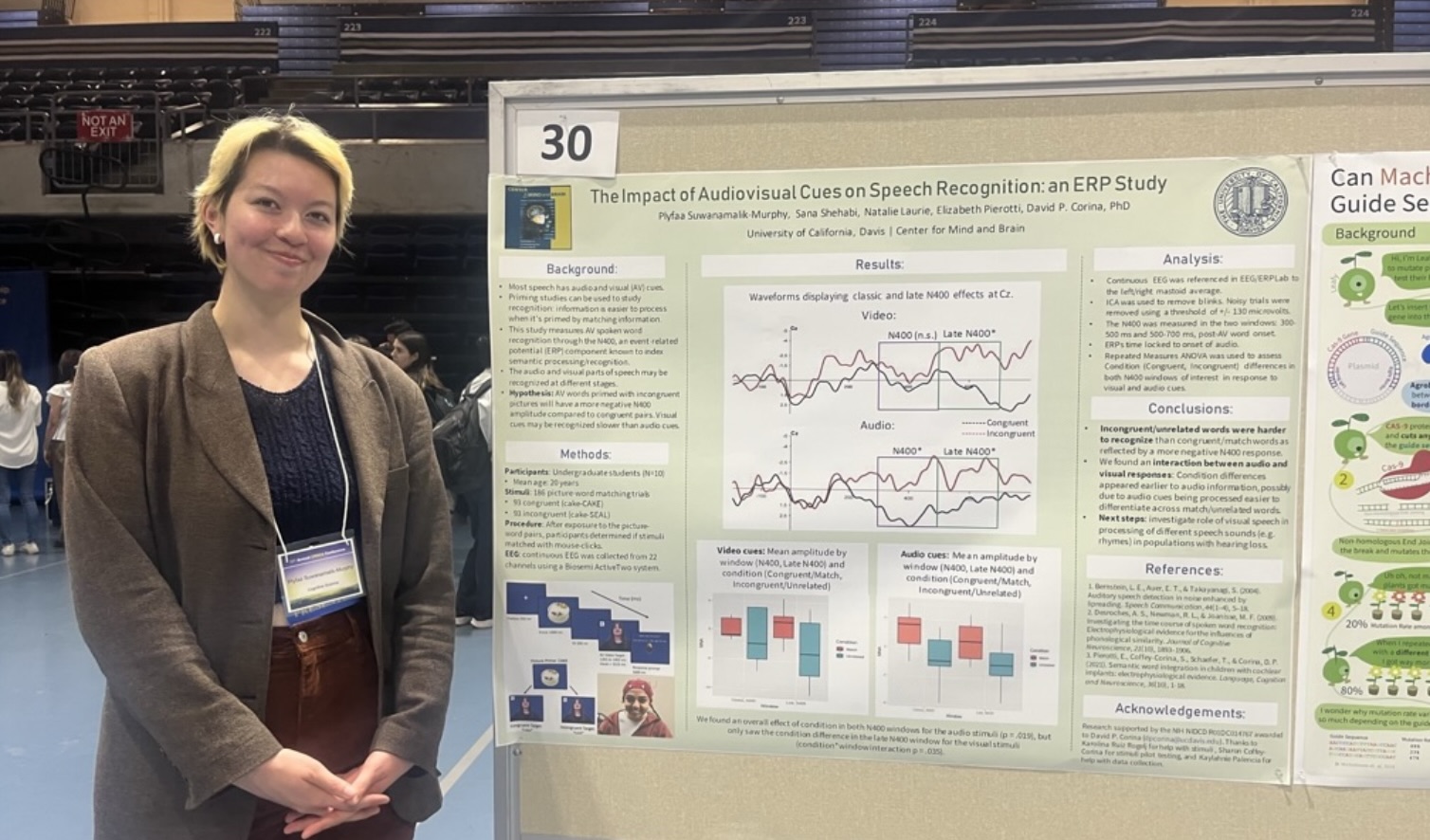
Shared research through poster presentations at both Stanford University and UC Davis.
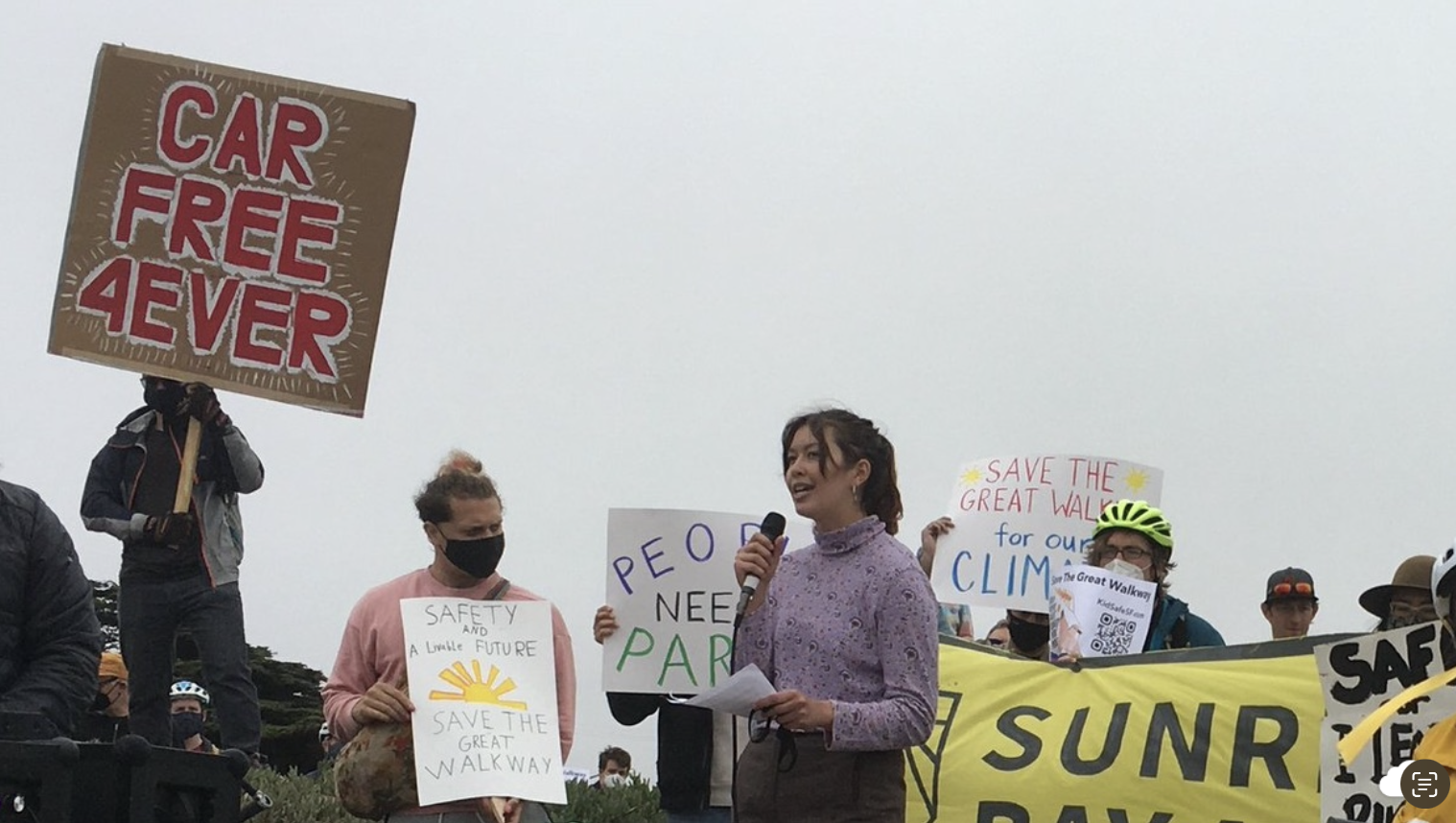
Advocating for the closure of San Francisco’s Great Highway to create opportunities for sustainable urban development, expanded green spaces, and pedestrian-friendly infrastructure.
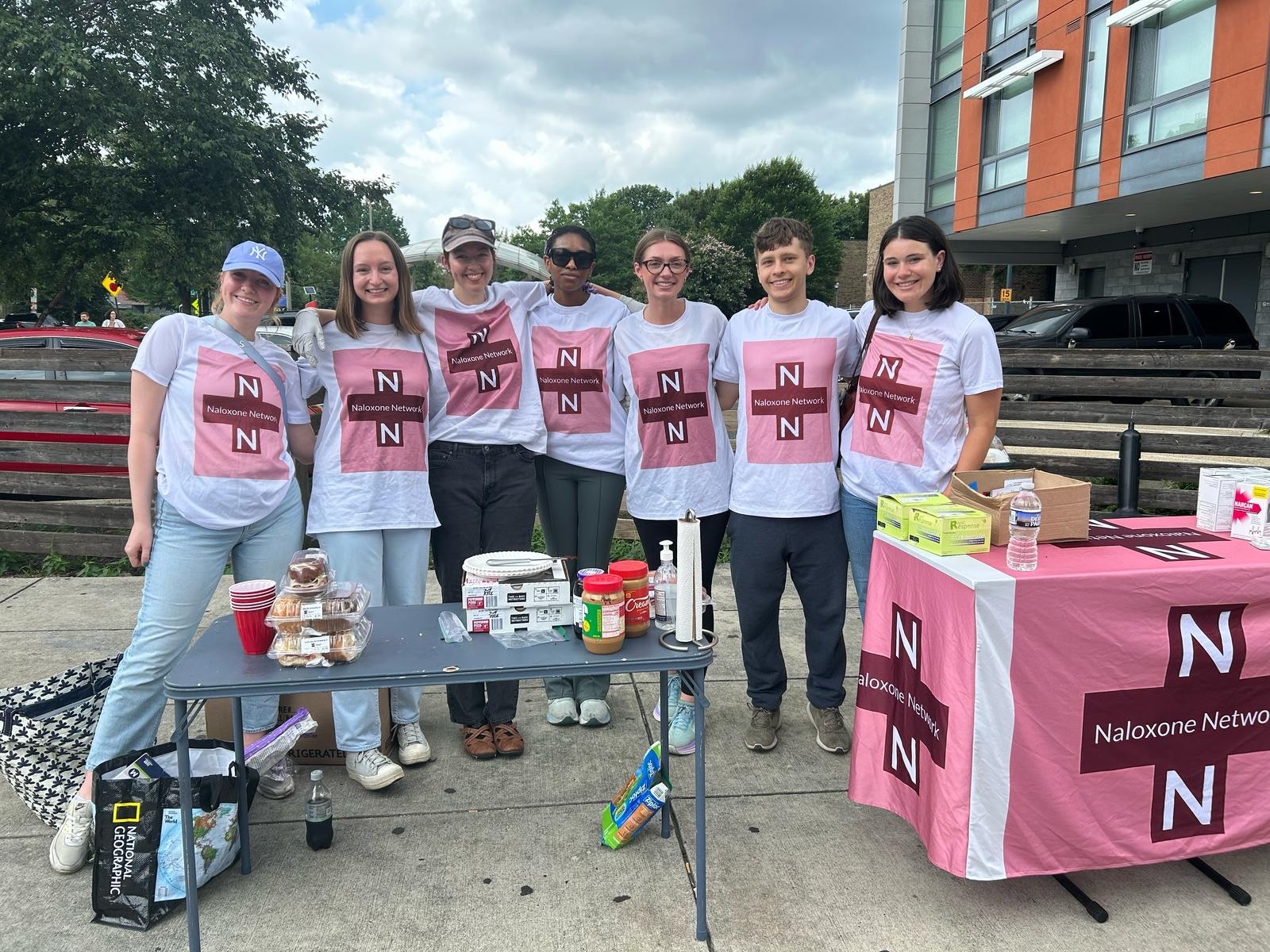
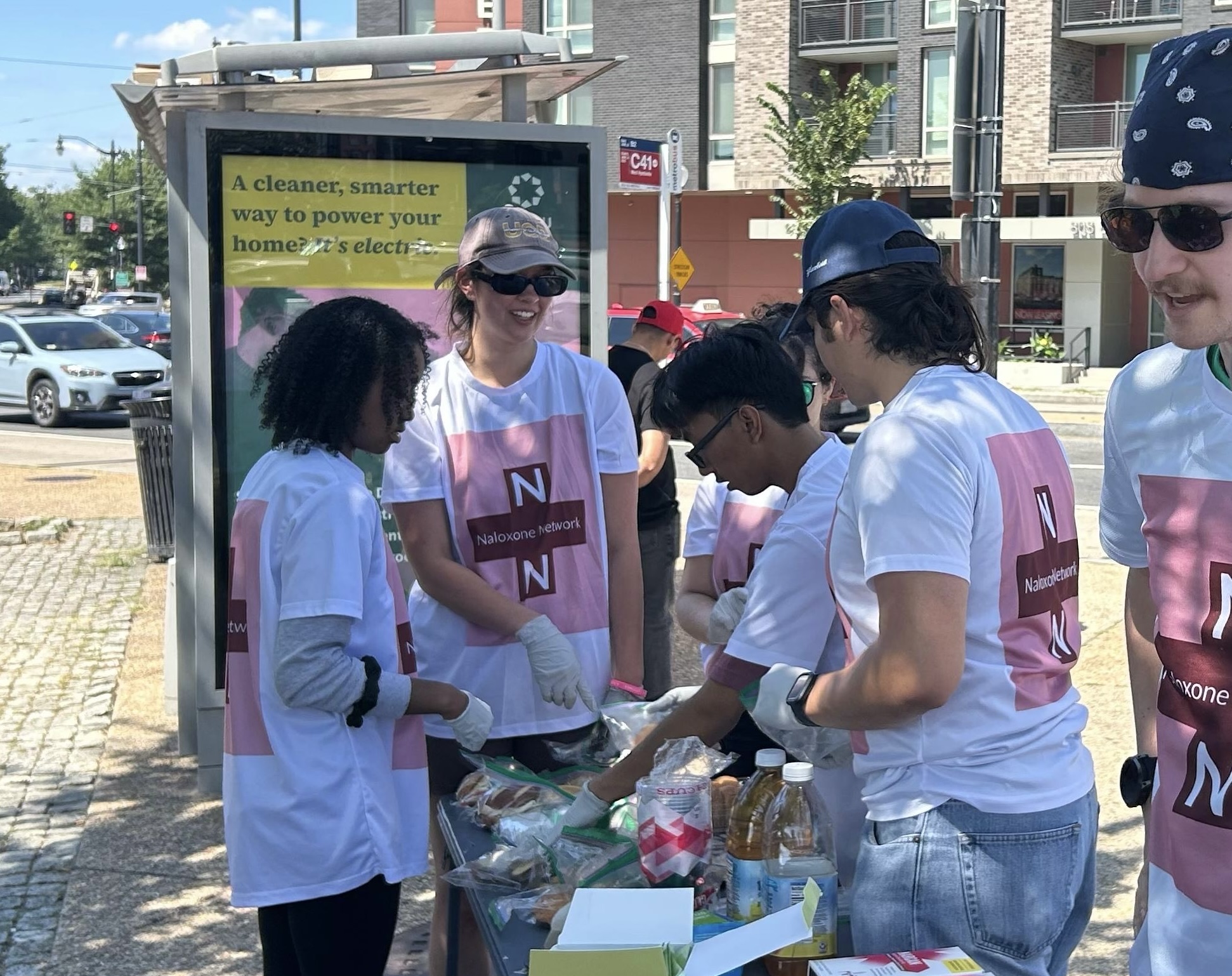
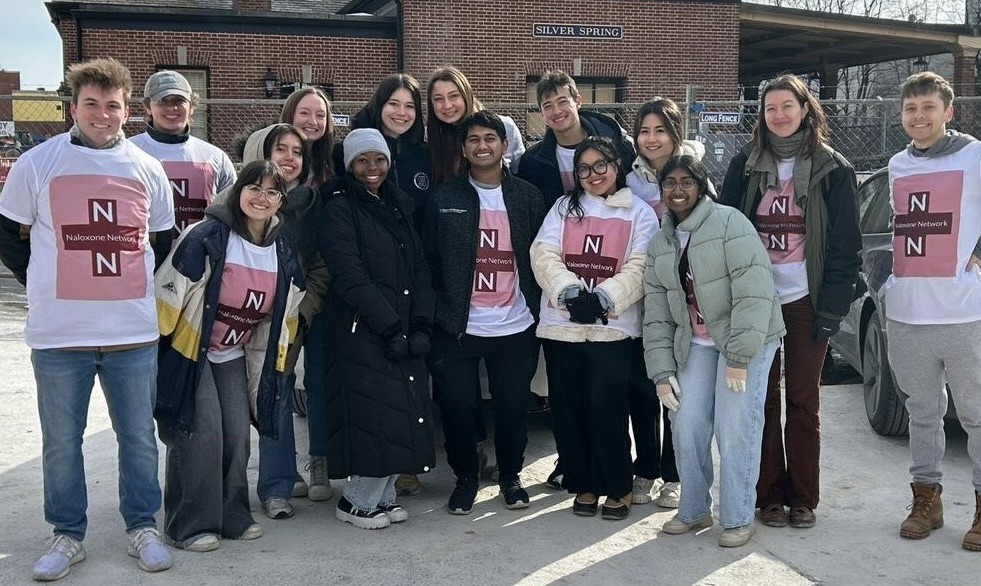
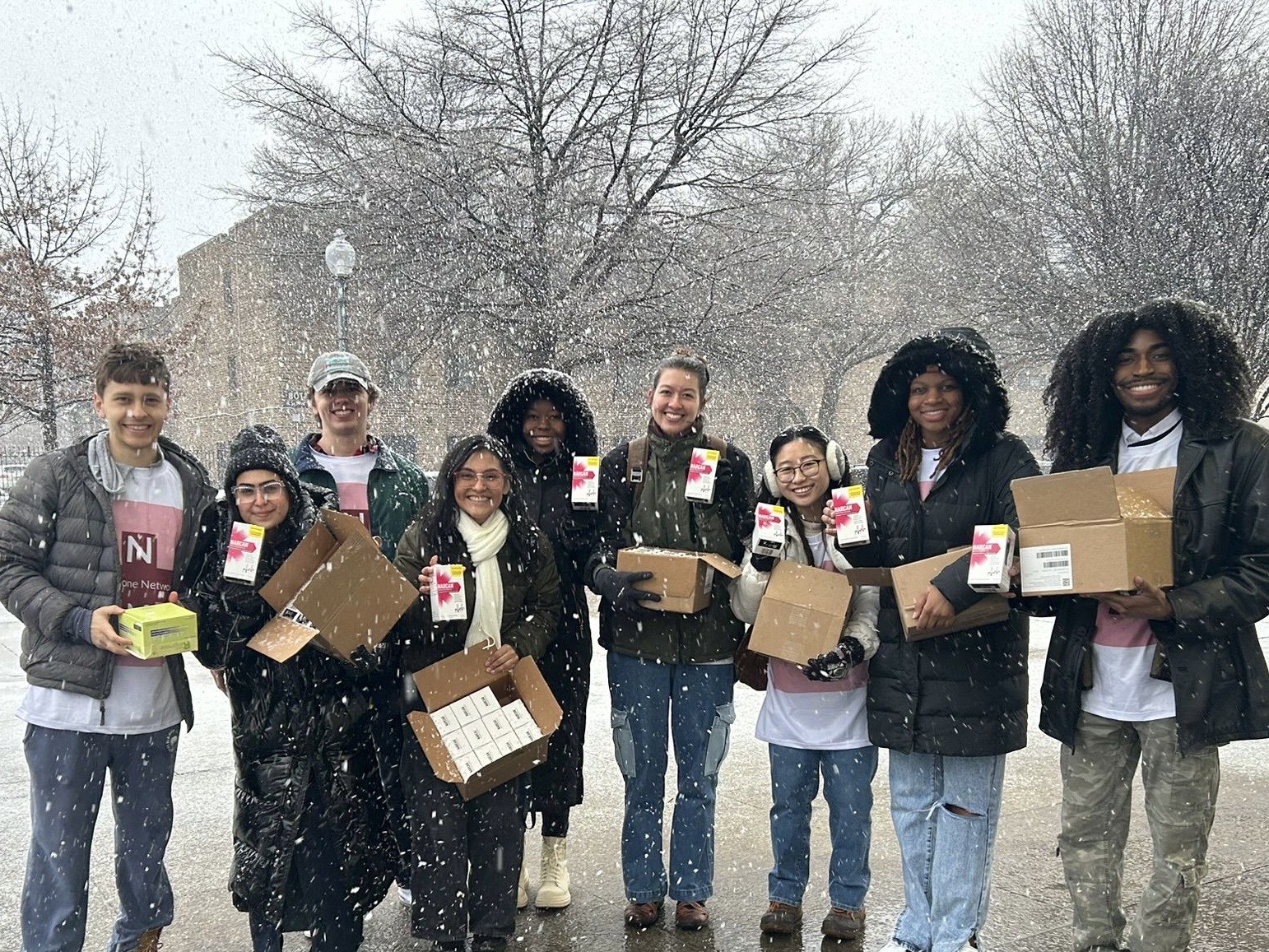
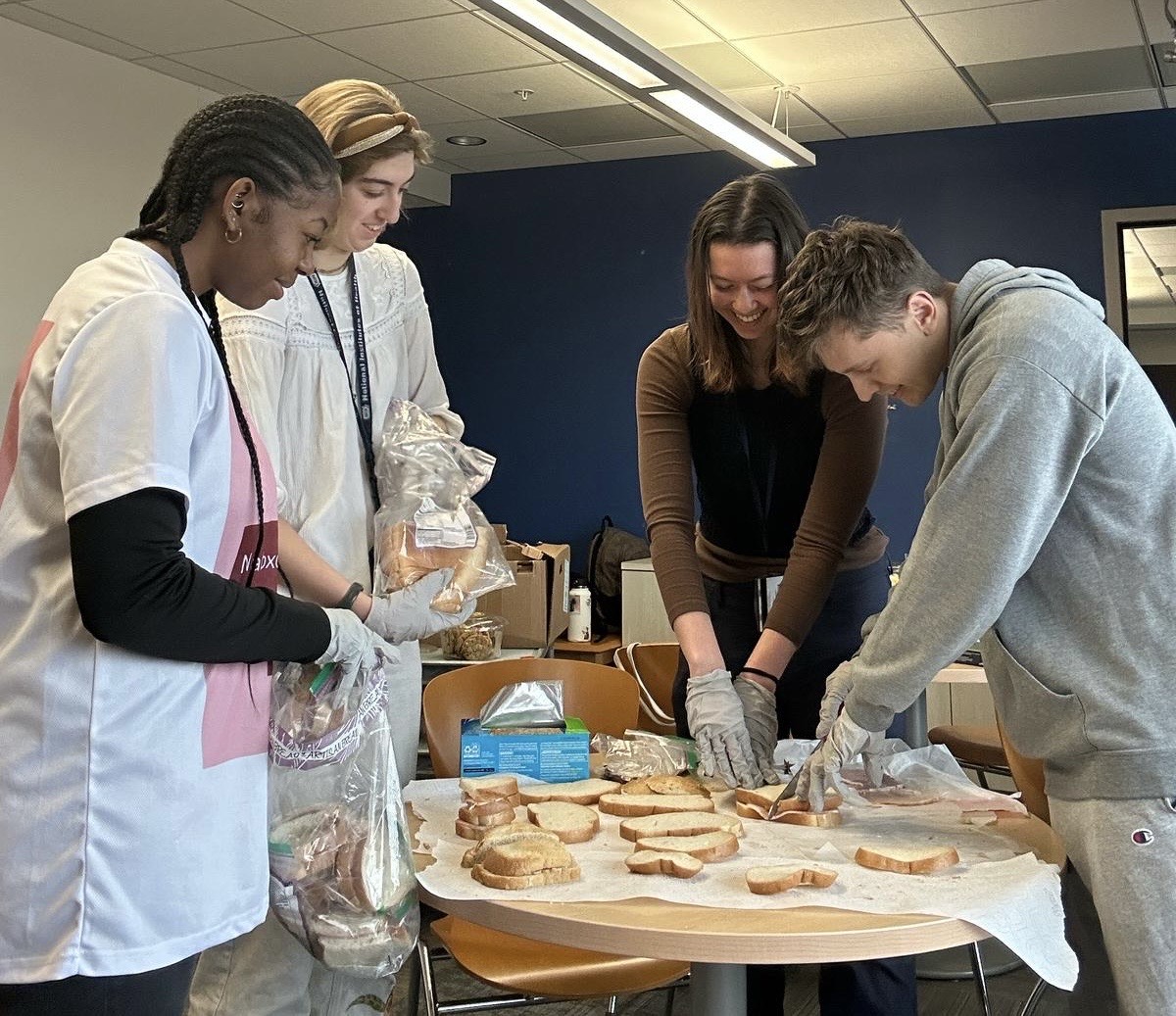
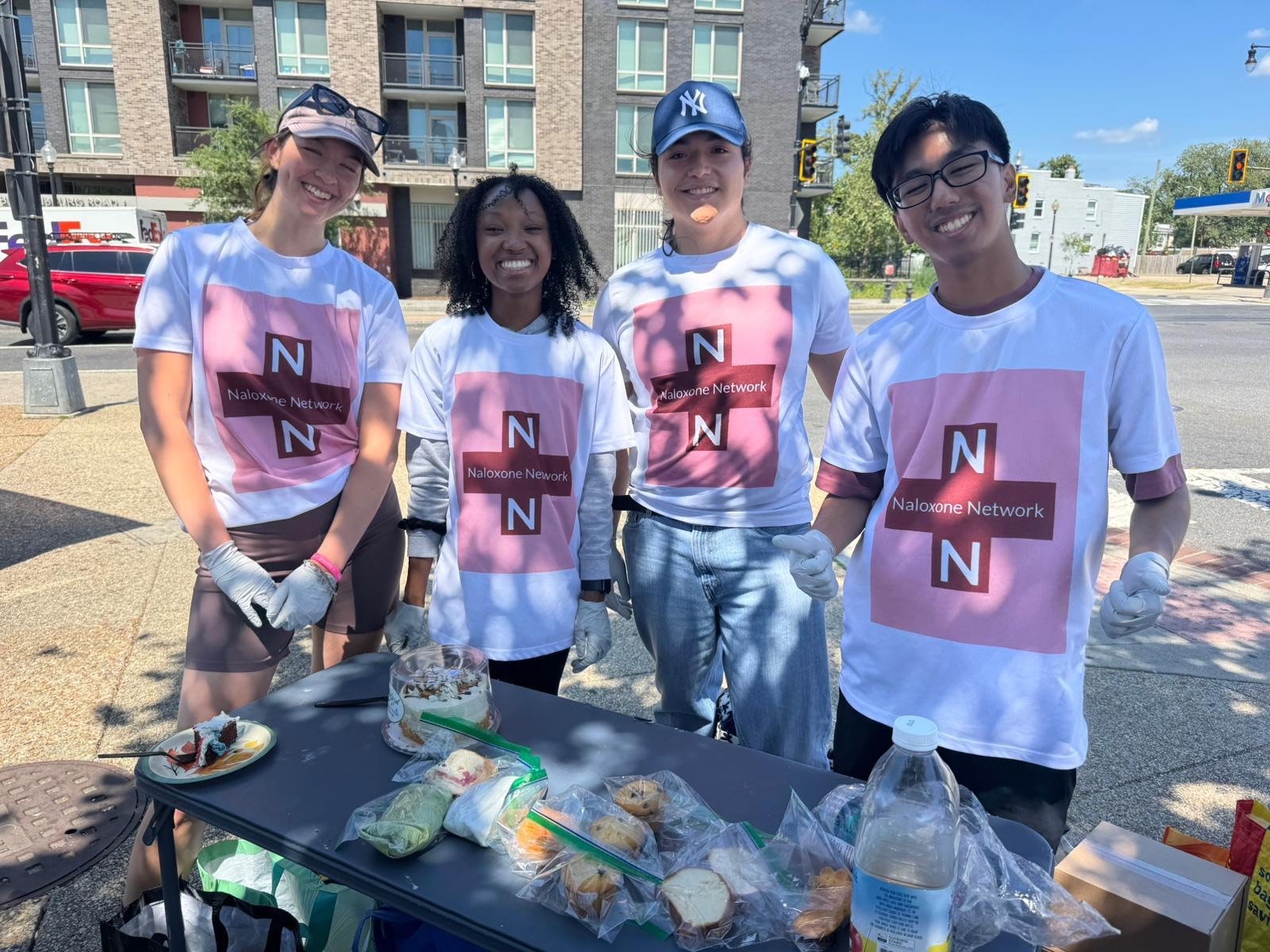
Distributed Narcan (naloxone) and food to communities at risk of an opioid overdose. The Washington, D.C., area faces a severe opioid crisis, with a critical need for Narcan access.
